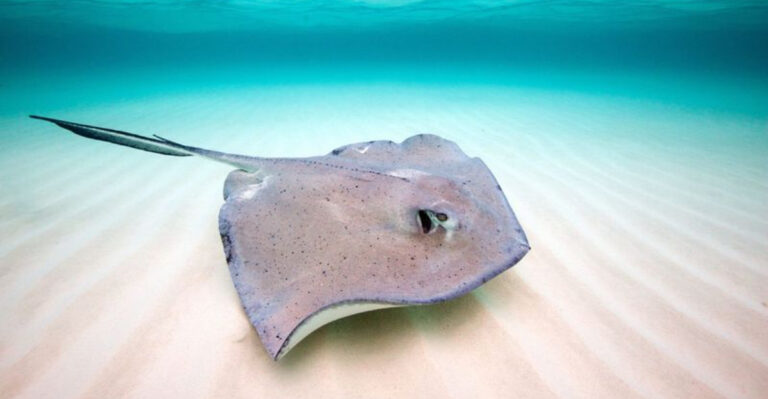What Else Do Pandas Eat Besides Bamboo?
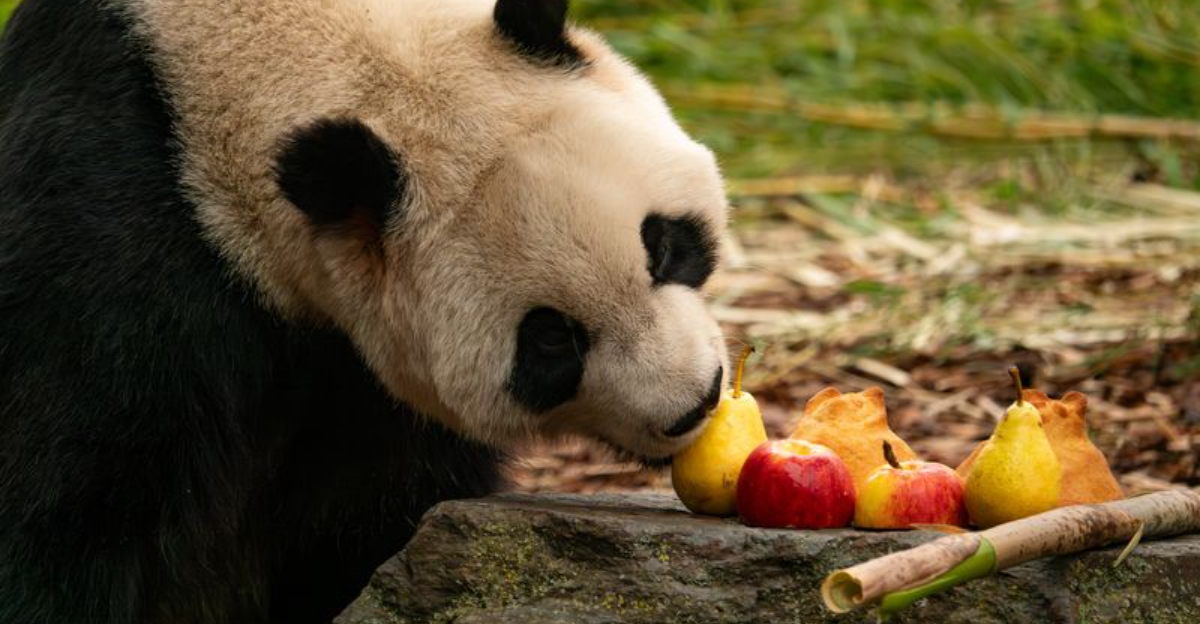
Ever wonder what’s on a panda’s plate besides their famous bamboo stalks? While these black and white bears munch through 20-40 pounds of bamboo daily, their diet isn’t as limited as most people think.
Wild pandas actually have a surprisingly varied menu when bamboo is scarce or their nutritional needs change.
Let’s explore what else these adorable creatures eat when they’re not chomping on their favorite green stalks!
1. Honey-Glazed Treats
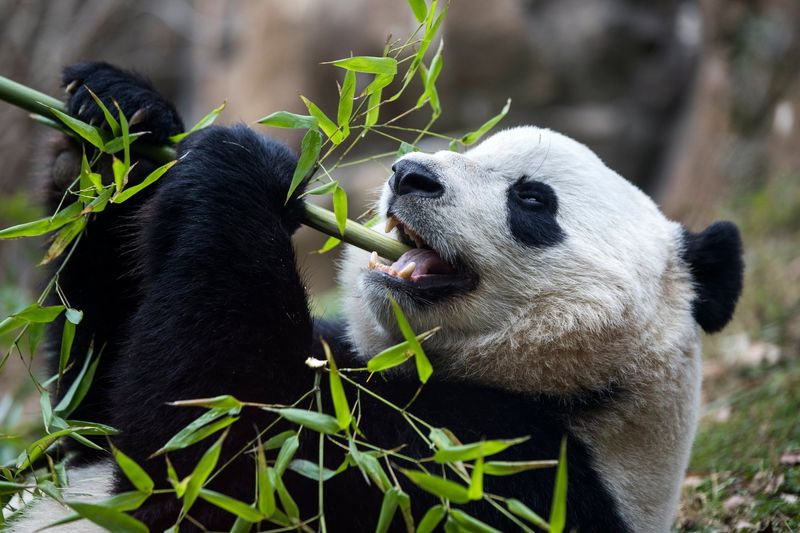
Wild pandas have a sweet tooth! They occasionally raid beehives for honey, using their strong jaws to break into the waxy combs. The sticky sweetness provides quick energy during times when bamboo quality drops.
Unlike humans who need tools, pandas simply power through the hive, seemingly unbothered by the occasional sting through their thick fur.
2. Eggs From Bird Nests
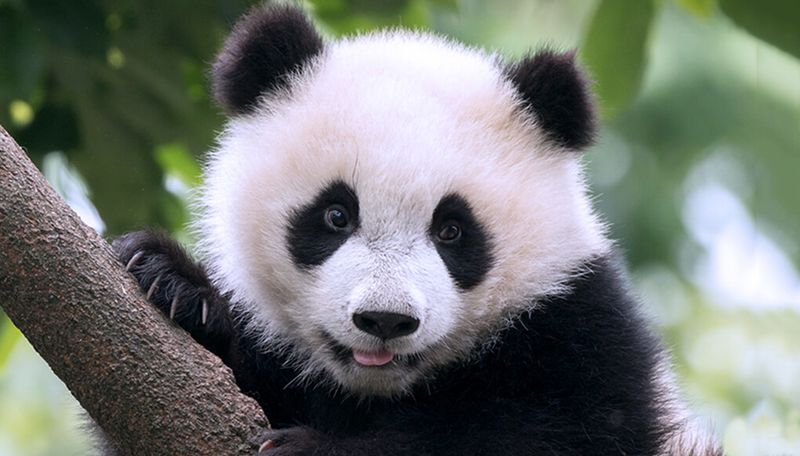
Stumbling upon bird nests means protein-packed snacks for opportunistic pandas. They’ll gobble up eggs without hesitation, cracking them open with surprising delicacy despite their large paws.
This behavior is more common during spring when birds are nesting and pandas need extra nutrients after winter’s sparse offerings.
3. Small Rodents
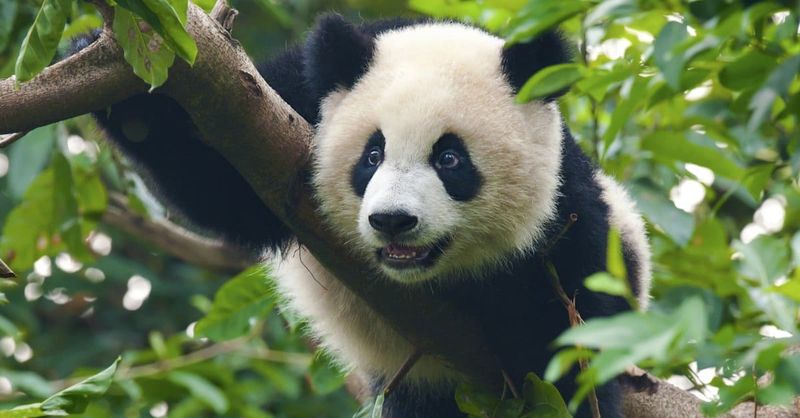
Though not active hunters, pandas won’t pass up an easy meal. If they encounter mice, voles, or other small rodents, these bears will pounce with surprising agility.
Their carnivorous ancestry shows in these moments, as they efficiently dispatch and consume these protein sources without the awkward fumbling we associate with their bamboo eating.
4. Carrion And Leftover Meat

Fresh meat isn’t the only animal protein pandas consume. They’ll scavenge carcasses left by other predators, providing essential nutrients missing from bamboo.
Scientists have observed pandas investigating and feeding on remains of sheep, goats, and even larger animals. This scavenging behavior increases when bamboo flowers and dies off in cyclical patterns.
5. Tasty Tubers And Roots
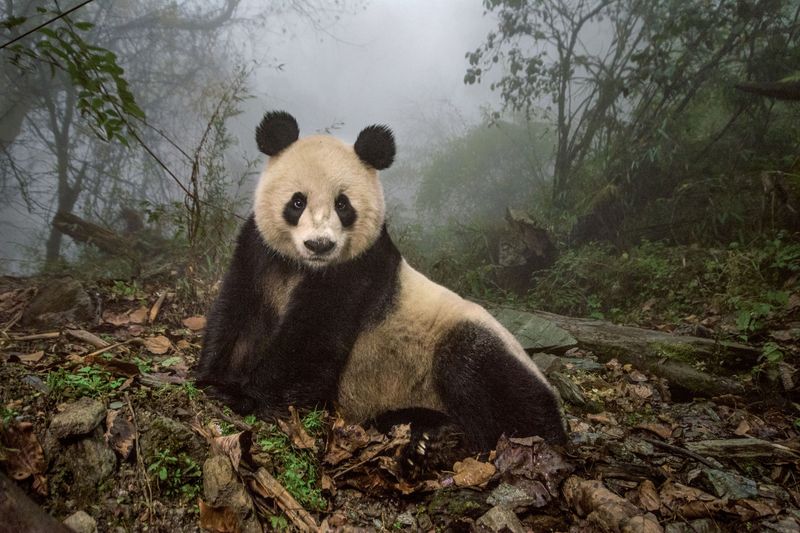
Digging behavior reveals another panda food preference – underground plant parts rich in starches and nutrients. Using their strong forelimbs, they unearth tubers similar to potatoes or sweet potatoes.
These starchy foods provide concentrated energy during lean times. Pandas seem to remember locations of these plants, returning to productive digging spots seasonally.
6. Succulent Grasses Beyond Bamboo
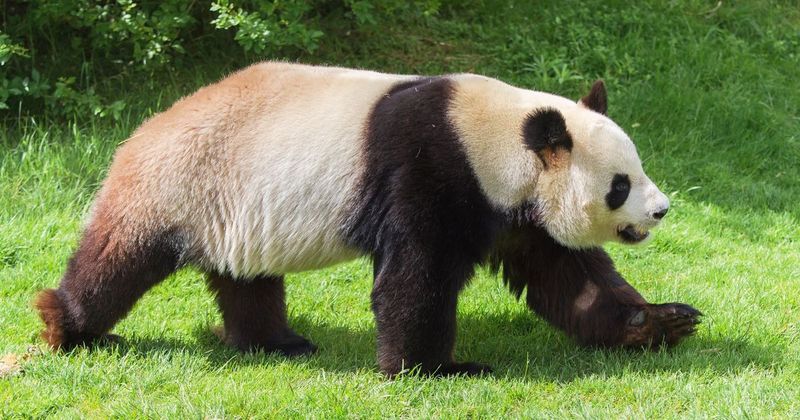
Bamboo might be their signature meal, but pandas happily munch on other grasses too! Various species of tender grasses make excellent snacks when they’re young and nutrient-rich.
Pandas particularly favor new growth after spring rains. Their digestive systems handle these alternative grasses similarly to bamboo, though they extract slightly different nutritional benefits from each variety.
7. Mushrooms From The Forest Floor
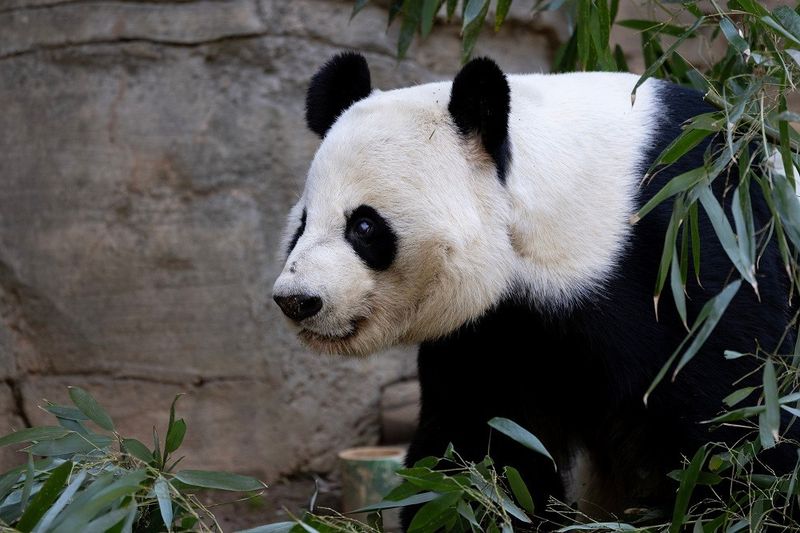
Rainy seasons bring forth fungal feasts that pandas readily enjoy. They sniff out mushrooms growing on rotting logs or sprouting from the forest floor, selecting non-toxic varieties with impressive accuracy.
These fungi provide minerals and compounds absent in bamboo. Watching a panda delicately pick mushrooms contradicts their otherwise clumsy reputation!
8. Fish From Mountain Streams

Surprising to many, pandas occasionally wade into shallow mountain streams to catch fish! Their powerful paws make effective scoops for trapping slippery prey in clear waters.
While not skilled fishers like their brown bear cousins, they enjoy the occasional aquatic protein boost. This fishing behavior increases during bamboo flowering years when their primary food source becomes scarce.
9. Wild Fruits And Berries
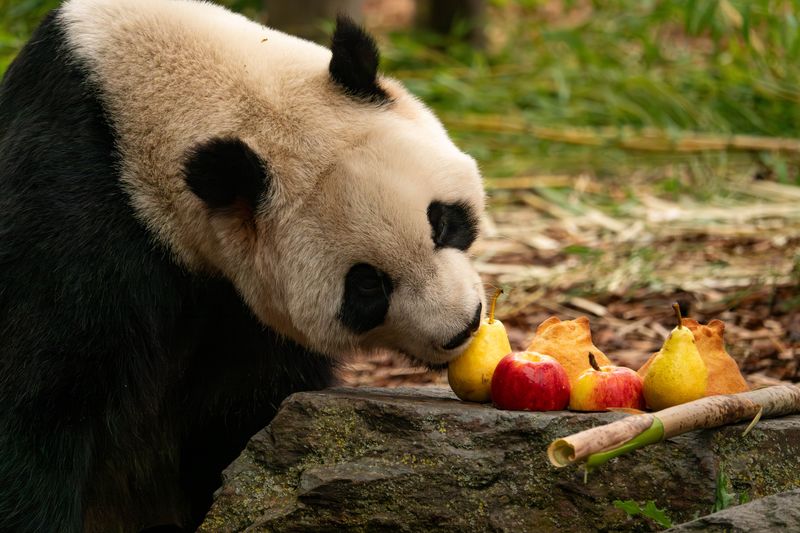
Berry patches become panda magnets during summer months! These bears develop quite the sweet tooth for seasonal fruits like wild strawberries, blackberries, and native Chinese berries.
The sugars provide quick energy while the vitamins supplement their bamboo-heavy diet. Their black-stained muzzles after a berry feast make for an adorably messy sight in the wild.
10. Protein-Rich Insects

Flip over a rotting log in panda territory and you might find a bear face peering in for insect treats! Grubs, beetle larvae, ants, and termites offer concentrated protein packages that pandas won’t refuse.
They’ll use their long claws to break apart insect nests or decaying wood. This insectivorous behavior is especially common among mother pandas needing extra protein while nursing cubs.
11. Nutritious Tree Bark

Beyond stripping bamboo, pandas occasionally peel bark from certain trees for its nutritional content. The cambium layer just beneath the outer bark contains sugars, starches, and minerals.
You can spot trees visited by pandas by their distinctive stripped appearance. This behavior increases in winter when other food sources become limited in their mountainous habitat.
12. Pilfered Agricultural Crops
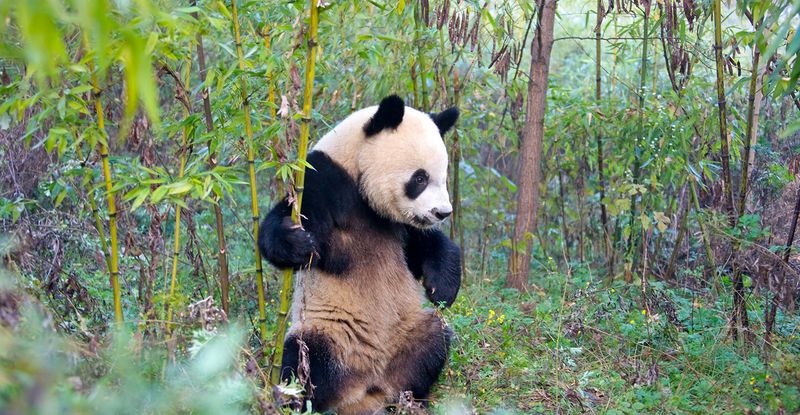
Farmers living near panda habitats sometimes find unexpected visitors raiding their fields! Pandas developing a taste for cultivated crops will help themselves to corn, wheat, and vegetables.
These agricultural raids typically happen when natural food becomes scarce. Conservation efforts now include buffer zones and compensation programs to reduce human-panda conflicts over these midnight snack runs.
13. Bamboo Shoots (Not Just Stalks)

Spring brings forth tender bamboo shoots that pandas absolutely adore! Unlike the woody stalks they eat year-round, these new growths are soft, juicy, and packed with nutrients.
Pandas will travel considerable distances tracking the wave of sprouting shoots. Their enthusiasm for this seasonal delicacy is evident as they’ll consume nearly twice their usual bamboo amount when shoots are available.
14. Special Zoo Nutritional Supplements
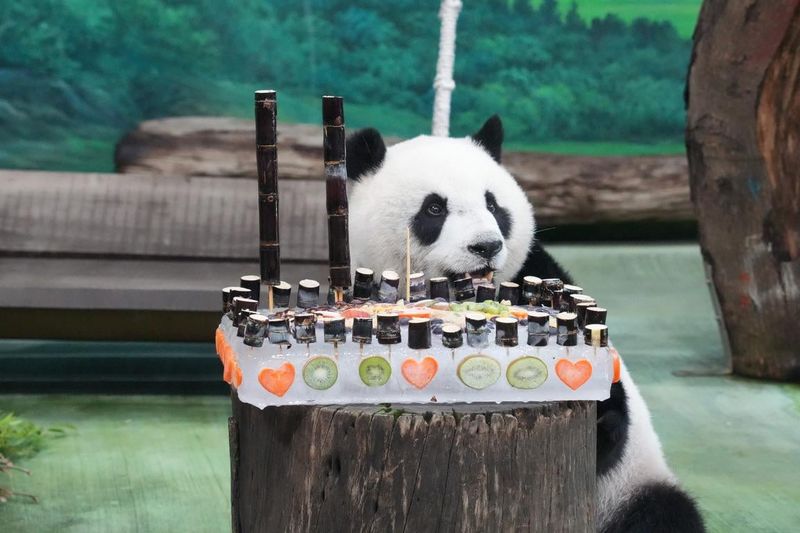
Captive pandas enjoy special treats designed by nutritionists to ensure balanced diets. These include vitamin-enriched “panda cakes” made from grains, vegetables, and supplements baked into bread-like squares.
Zookeepers often use these nutritional supplements as training rewards. The pandas’ enthusiasm for these treats shows their diet flexibility beyond their wild preferences.






